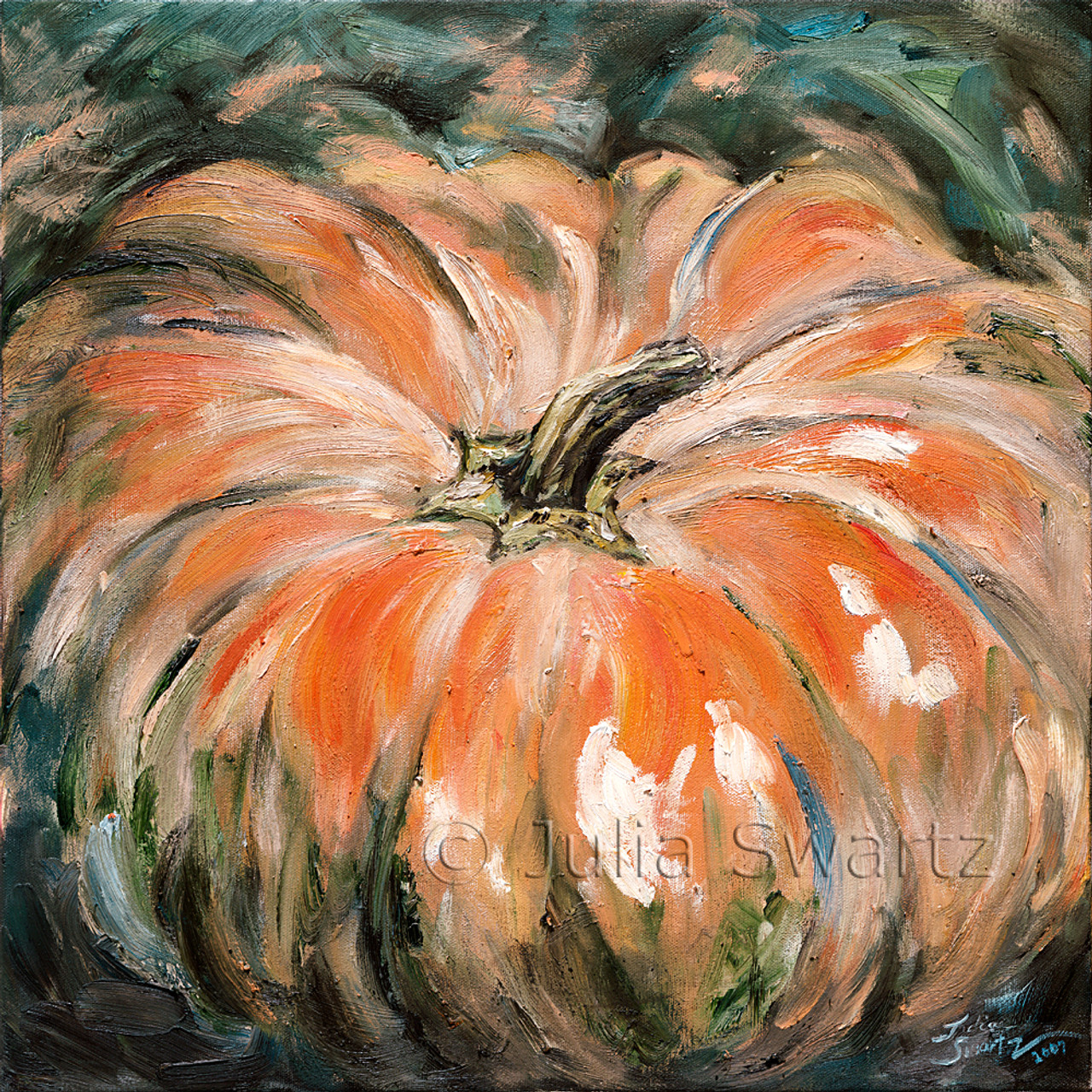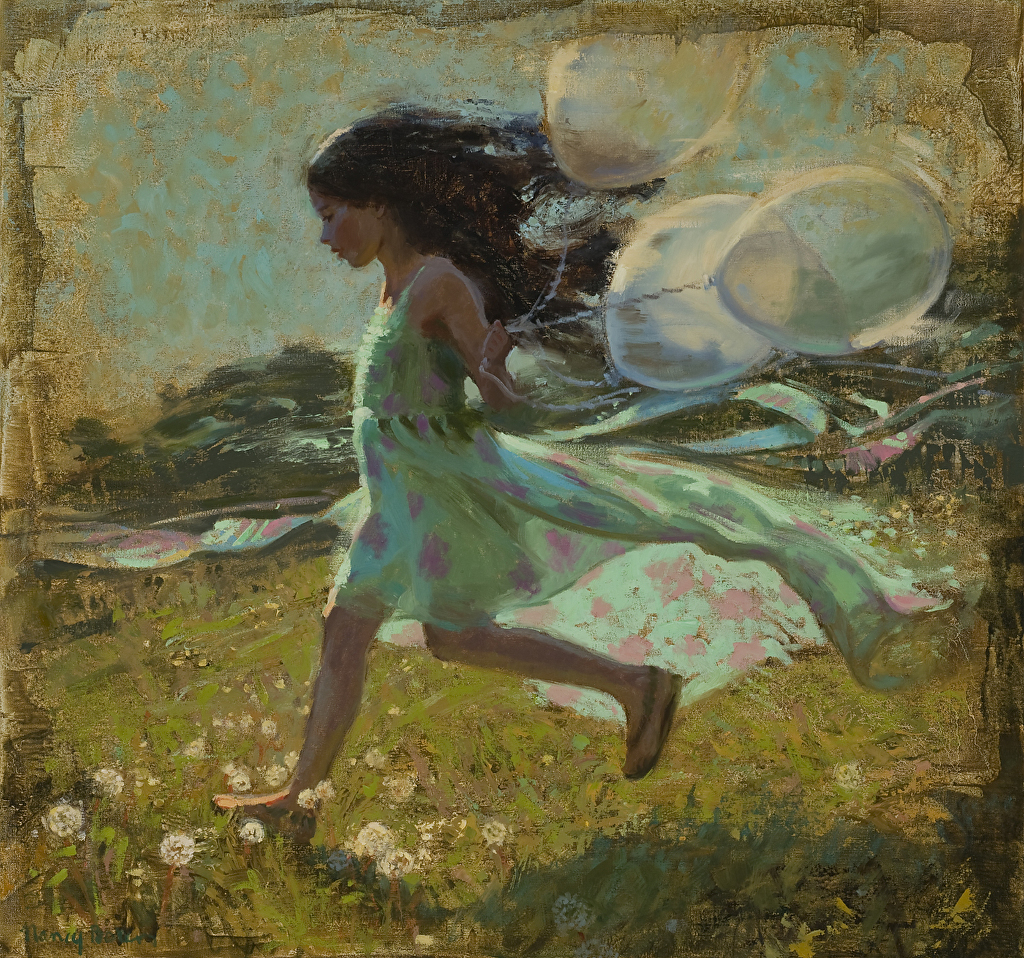Original Botanical and Object Oil Paintings for Sale
Original Botanical and Object Oil Paintings for Sale
Blog Article
Exploring Everything About Oil Paintings: An Overview to Recognizing Their Elegance and Value
Oil paints have actually astounded audiences for centuries, offering a peek into the imaginative proficiency of different ages. Their rich background is linked with ingenious techniques and extensive psychological expression. Recognizing the materials and methods behind these art work can improve recognition. Furthermore, the market for oil paintings offers opportunities for financiers and collectors alike. As one discovers this interesting world, the inquiry develops: what makes an oil painting absolutely useful?
The History of Oil Paint: A Journey Via Time
Oil paint has roots that date back to old times, it absolutely prospered throughout the Renaissance, when artists discovered its flexibility and rich color possibility. Early examples can be traced to the 7th century, with techniques progressing significantly throughout societies. The medium came to be noticeable in Northern Europe in the 15th century, specifically via the jobs of artists like Jan van Eyck, who spearheaded its usage for comprehensive realistic look and vibrant colors. This period noted a separation from tempera paints, enabling better deepness and appearance. As oil painting spread, it influenced plenty of artists, causing masterpieces by popular numbers such as Leonardo da Vinci and Rembrandt. The tool's tradition proceeds, shaping the art world well right into contemporary times.
Understanding Oil Paints: Products and Techniques
As musicians check out the globe of oil paints, they encounter a diverse variety of products and techniques that define this medium. The main elements of oil paint include pigments, which give shade, and drying oils, such as linseed, that bind the pigments and assist in application. Various additives can customize the paint's structure and drying out time, boosting versatility. Methods like glazing, where transparent layers are developed up, and impasto, which entails applying thick paint, permit different visual impacts. Additionally, the use of brushes, combination blades, and also fingers can produce one-of-a-kind appearances and coatings. Recognizing these strategies and products allows artists to fully express their creative thinking and achieve the desired effect in their artwork.
The Function of Color in Oil Paints
Shade plays a crucial duty in oil paints, influencing both visual allure and psychological resonance. Understanding shade concept essentials, including the partnerships in between shades, can enhance a musician's ability to share mood and ambience. Furthermore, mastering color mixing techniques permits for higher depth and splendor in a painting's palette.

Shade Concept Basics
Comprehending color theory is essential for musicians collaborating with oil paints, as it creates the structure for creating visually appealing and unified make-ups. Shade concept includes the research study of exactly how colors communicate, the shade wheel, and the connections between key, second, and tertiary colors. Artists use complementary shades to enhance contrasts and develop centerpieces, while similar colors advertise unity and cohesiveness within a piece. In addition, the concepts of cozy and great colors affect the understanding of deepness and area in a painting. Grasping these concepts enables musicians to control shade properly, assisting the audience's eye and communicating their desired message. Mastery of shade theory inevitably enhances a musician's capability to convey feelings and ideas via their work.
Psychological Effect of Shade
The emotional influence of color in oil paints plays a vital role in exactly how audiences regard and link with art work. Colors evoke details feelings and state of minds, influencing the customer's mood. Cozy hues like oranges and reds can create a sense of warmth and energy, while trendy tones such as blues and greens typically stimulate peace or self-contemplation. Artists purposefully pick shade schemes to boost narrative elements, directing the target market's emotional trip. The saturation and comparison of shades further enhance these results, attracting focus and creating emphasis. Eventually, the interaction of colors in oil paints not only enhances their aesthetic appeal but likewise acts as a powerful tool for psychological expression, improving the visitor's experience and interpretation.
Color Combining Techniques
While numerous elements of oil paint add to the general composition, mastering shade blending strategies is important for accomplishing wanted results and deepness. Shade blending can be approached through various approaches, consisting of the subtractive and additive procedures. Additive mixing involves incorporating shades of light, while subtractive mixing counts on pigments, where shades mix to produce new tones. Artists often make use of a restricted palette to develop unified works, comprehending the relationships in between key, additional, and tertiary colors. Techniques such as glazing and scumbling better boost depth and luminosity. By masterfully blending colors, an artist can stimulate emotions, develop focal points, and accomplish a feeling of realism, ultimately elevating the paint's psychological and visual impact.
Famous Oil Painters and Their Iconic Works

Well known for their mastery of color and technique, oil painters have produced a few of one of the most celebrated artworks in history. Renowned artists like Vincent van Gogh mesmerized target markets with his emotive brushwork in "Starry Night," while Claude Monet's "Perception, Sunrise" laid the foundation for Impressionism. Leonardo da Vinci's "Mona Lisa" stays a long-lasting icon of artistic brilliant, showcasing his ability in recording human expression. Rembrandt's "The Evening Watch" shows his ingenious use of light and darkness. Various other remarkable numbers consist of Pablo Picasso, that revolutionized contemporary art with his strong trial and error in jobs like "Les Demoiselles d'Avignon," and Georgia O'Keeffe, whose vibrant depictions of landscapes and blossoms aided specify American innovation. Each musician's unique style contributed considerably to the oil paint landscape.
Just how to Review the Quality of an Oil Paint
Reviewing the quality of an oil painting involves a mindful evaluation of workmanship techniques, in addition to an evaluation of color and structure. Observing brushwork, layering, and the application of paint can reveal the artist's ability level. Furthermore, the interaction of shades and the general plan of elements add substantially to the paint's aesthetic worth.
Analyzing Workmanship Techniques
A precise evaluation of workmanship methods is crucial for determining the quality of an oil paint. Evaluators must first analyze the application of paint; thick, textured brushstrokes may suggest an experienced hand, while extremely consistent applications could suggest a lack of deepness. oil paintings for sale. The layering method is additionally important; the visibility of lusters and differed thickness can enhance luminosity and intricacy. Furthermore, the quality of the products used, such as the canvas and pigments, plays a significant duty in toughness and total visual. Focus to information in aspects like edges and changes in between shades reflects the musician's commitment to their craft. Inevitably, these techniques add to the painting's psychological effect and market price, acting as signs of the musician's skill and intent
Assessing Color and Make-up
While assessing the top quality of an oil painting, one have to focus on the interaction of color and structure, as these aspects are essential to the art work's total impact. Shade choices can establish and stimulate feelings mood; consequently, the artist's palette ought to be checked out for consistency and comparison. A healthy make-up routes the visitor's eye and creates a sense of unity. Musicians often use techniques like the policy of thirds or leading lines to enhance visual interest. Additionally, the use of light and darkness can add deepness, improving the three-dimensionality of the painting. Ultimately, a successful oil paint weds color and make-up, engaging the customer and inviting a much deeper admiration of the artist's vision and technique.
Taking care of and Preserving Oil Paintings
Appropriate care and preservation of oil paints is important for keeping their honesty and long life. To safeguard these art work, it is important to present them away from straight sunshine, which can create fading and staining. Keeping a secure atmosphere with controlled temperature level and moisture more aids in stopping damage. Cleansing must be done gently using a soft, completely dry cloth, staying clear of any type of severe chemicals that could hurt the paint or varnish. Regular examinations for indications of wear and tear, such as flaking or breaking, are recommended. When keeping or carrying oil paintings, proper extra padding and framing are necessary to stay clear of physical injury. Ultimately, attentive care adds to the visual charm and worth of oil paintings with time.
The Market for Oil Paints: Gathering and Spending
Recognizing the market characteristics for oil paintings is necessary for capitalists and collectors alike. The value of these art work is influenced by numerous variables, consisting of the musician's track record, historical relevance, and current trends. Collectors usually look for items that reverberate personally while taking into consideration prospective gratitude in value. Galleries and public auctions work as primary locations for trading, with costs rising and fall based upon demand and rarity. Investing in oil paintings needs research study right into the marketplace, as well as an understanding of authenticity and provenance. Furthermore, arising musicians may supply opportunities for significant returns, while established names can command high prices. In general, a critical strategy to read more accumulating can generate both visual satisfaction and financial rewards.

Regularly Asked Concerns
What Are the Environmental Influences of Oil Painting Materials?
The ecological impacts of oil paint materials consist of the release of volatile natural compounds (VOCs), harmful waste generation, and source extraction for pigments. These aspects contribute to air pollution and environmental destruction, increasing problems among eco mindful musicians and consumers.
Just How Do Different Canvases Influence Oil Painting Results?
Different canvases influence oil paint results considerably. Absorbency, surface area, and appearance top quality can modify paint application, drying times, and color vibrancy. Musicians typically select certain canvases to accomplish preferred effects and enhance their artistic expression.
Can Oil Paintings Be Recovered if Harmed?
Oil paints can undoubtedly be brought back if damaged. Specialist conservators use numerous methods to repair tears, tidy surfaces, and address discoloration, ensuring that the art work preserves its initial charm and value for future generations.
What Are the Indicators of an Initial Oil Painting?
The signs of an initial oil painting consist of noticeable brush strokes, structure variants, and an irregular canvas weave (oil paintings for sale). In addition, credibility might be confirmed through provenance, signatures, and the presence of a varnish layer unique to oil mediums
Just How Has Innovation Influenced Modern Oil Painting Techniques?
Innovation has substantially influenced modern-day oil painting strategies by introducing electronic tools for preparation, improved products for structure and longevity, and online systems for sharing and marketing art, consequently increasing musicians' innovative possibilities and audience get to. Oil paint has origins that date back to ancient times, it truly flourished throughout the Renaissance, when musicians found its flexibility and rich color potential. The psychological effect of color in oil paintings plays a crucial duty in just how customers attach and view with artwork. While many facets of oil paint contribute to the total make-up, understanding shade blending techniques is necessary for attaining wanted impacts and depth. Reviewing the high quality of an oil painting involves a careful assessment of workmanship strategies, as well as an evaluation of shade and composition. While reviewing the quality of an oil painting, one should concentrate on the interaction of color and make-up, as these components are fundamental to the artwork's overall impact.
Report this page